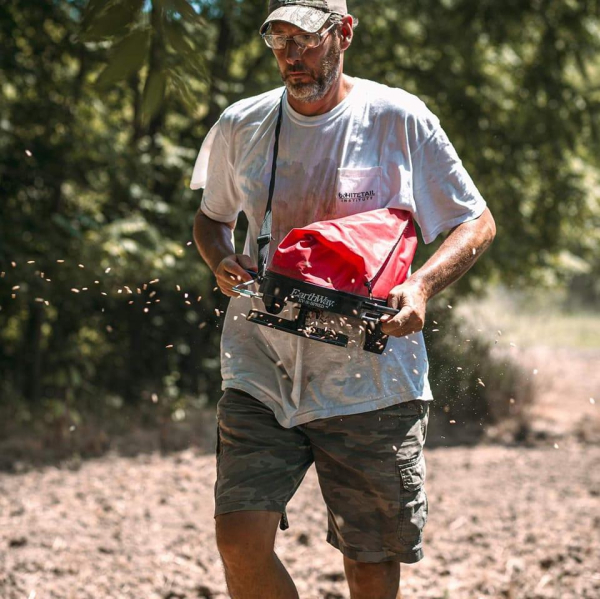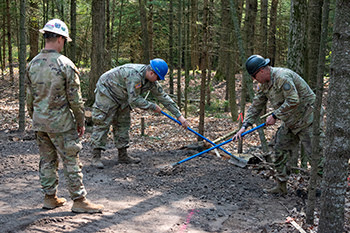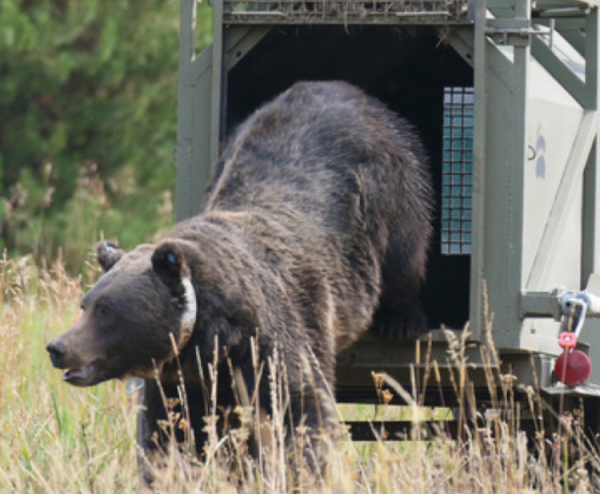Michigan free fishing, ORVing, state park entry: ‘Three Free’ Weekend June 7-8

The Michigan Department of Natural Resources encourages everyone to take advantage of “Three Free” Weekend – Saturday, June 7, and Sunday, June 8. It’s two full days when Michigan residents and out-of-state visitors can grab a fishing rod, ride the off-road trails and visit state parks, boating access sites and other outdoor locations — all free of charge.
“If you need another reason to get outdoors and explore some of Michigan’s best recreation opportunities, ‘Three Free’ Weekend is it,” said DNR Director Scott Bowen. “There’s nothing better than spending time outdoors with friends and family in places you love, so we’re encouraging everyone to take advantage of these two days to fish, hit the ORV trails and visit our award-winning state parks.”




 A 76-year-old man and 66-year-old woman from Ann Arbor were rescued
A 76-year-old man and 66-year-old woman from Ann Arbor were rescued 
